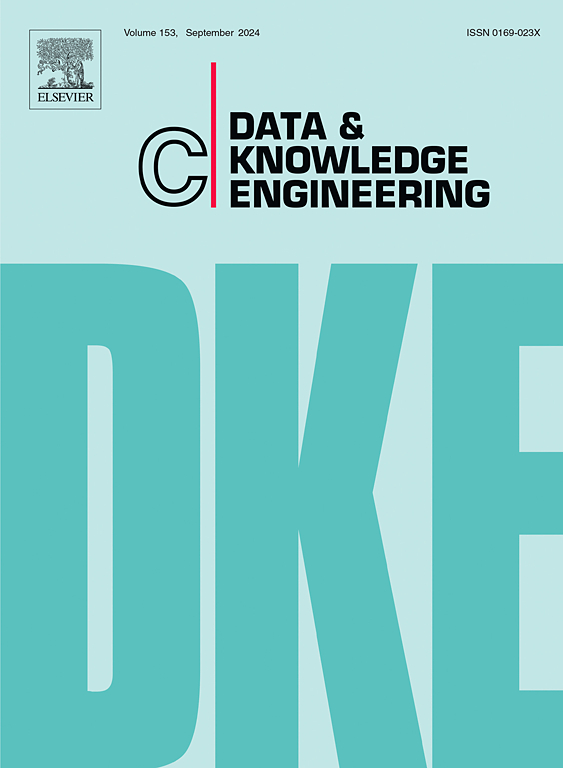Advancing credit risk assessment in the retail banking industry: A hybrid approach using time series and supervised learning models
IF 2.7
3区 计算机科学
Q3 COMPUTER SCIENCE, ARTIFICIAL INTELLIGENCE
引用次数: 0
Abstract
Credit risk assessment remains a central challenge in retail banking, with conventional models often falling short in predictive accuracy and adaptability to granular customer behavior. This study explores the potential of Time Series Classification (TSC) algorithms to enhance credit risk modeling by analyzing customers’ historical end-of-day balance data. We compare traditional Machine Learning (ML) models – including Logistic Regression and XGBoost – with advanced TSC methods such as Shapelets, Long Short-Term Memory (LSTM) networks, and Canonical Interval Forests (CIF). Our results show that TSC algorithms, particularly CIF and Shapelet-based methods, significantly outperform traditional approaches. When using CIF-derived Probability of Default (PD) estimates as additional features in an XGBoost model, predictive performance improved notably: the combined model achieved an Area under the Curve (AUC) of 0.81, compared to 0.79 for CIF alone and 0.77 for XGBoost without the CIF input. These findings underscore the value of integrating temporal features into credit risk assessment frameworks. Moreover, the complementary strengths of the TSC and XGBoost models across different Receiver Operating Characteristic (ROC) curve regions demonstrate the practical benefits of model stacking. However, performance dropped when using aggregated monthly data, highlighting the importance of preserving high-frequency behavioral signals. This research contributes to more accurate, interpretable, and robust credit risk models and offers a pathway for banks to leverage time series data for improved risk forecasting.
推进零售银行业信用风险评估:使用时间序列和监督学习模型的混合方法
信用风险评估仍然是零售银行业面临的一个核心挑战,传统模型往往在预测准确性和对精细客户行为的适应性方面存在不足。本研究探讨了时间序列分类(TSC)算法的潜力,通过分析客户的历史日末余额数据来增强信用风险建模。我们比较了传统的机器学习(ML)模型——包括逻辑回归和XGBoost——与先进的TSC方法,如Shapelets、长短期记忆(LSTM)网络和规范区间森林(CIF)。我们的研究结果表明,TSC算法,特别是CIF和基于shapelet的方法,明显优于传统方法。当使用CIF衍生的违约概率(PD)估计作为XGBoost模型的附加特征时,预测性能显著提高:组合模型实现了0.81的曲线下面积(AUC),而CIF单独为0.79,而没有CIF输入的XGBoost为0.77。这些发现强调了将时间特征整合到信用风险评估框架中的价值。此外,TSC和XGBoost模型在不同接收者工作特征(ROC)曲线区域上的互补优势证明了模型叠加的实际好处。然而,当使用每月汇总数据时,性能下降,突出了保留高频行为信号的重要性。本研究有助于建立更准确、可解释和稳健的信用风险模型,并为银行利用时间序列数据改进风险预测提供了途径。
本文章由计算机程序翻译,如有差异,请以英文原文为准。
求助全文
约1分钟内获得全文
求助全文
来源期刊

Data & Knowledge Engineering
工程技术-计算机:人工智能
CiteScore
5.00
自引率
0.00%
发文量
66
审稿时长
6 months
期刊介绍:
Data & Knowledge Engineering (DKE) stimulates the exchange of ideas and interaction between these two related fields of interest. DKE reaches a world-wide audience of researchers, designers, managers and users. The major aim of the journal is to identify, investigate and analyze the underlying principles in the design and effective use of these systems.
 求助内容:
求助内容: 应助结果提醒方式:
应助结果提醒方式:


